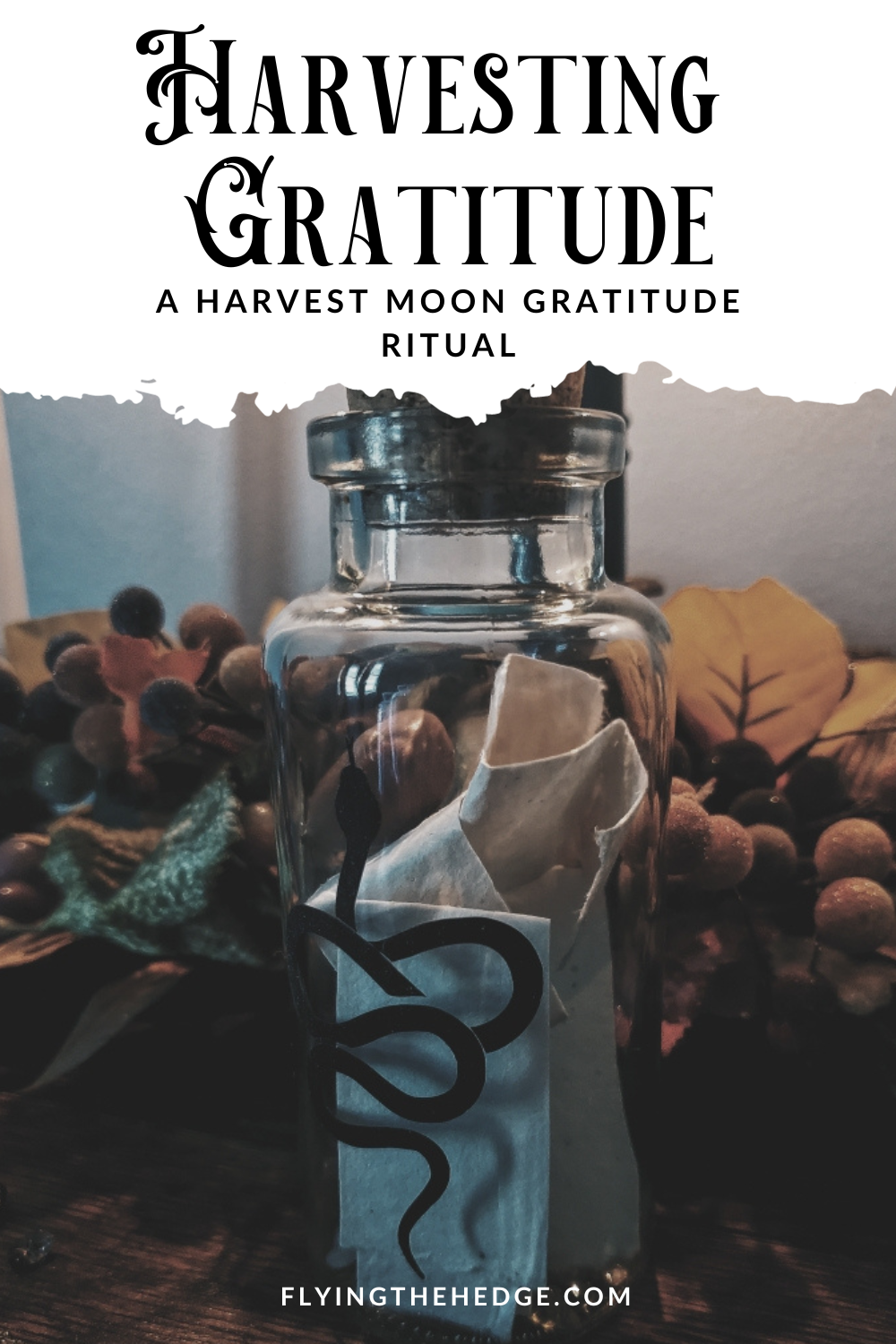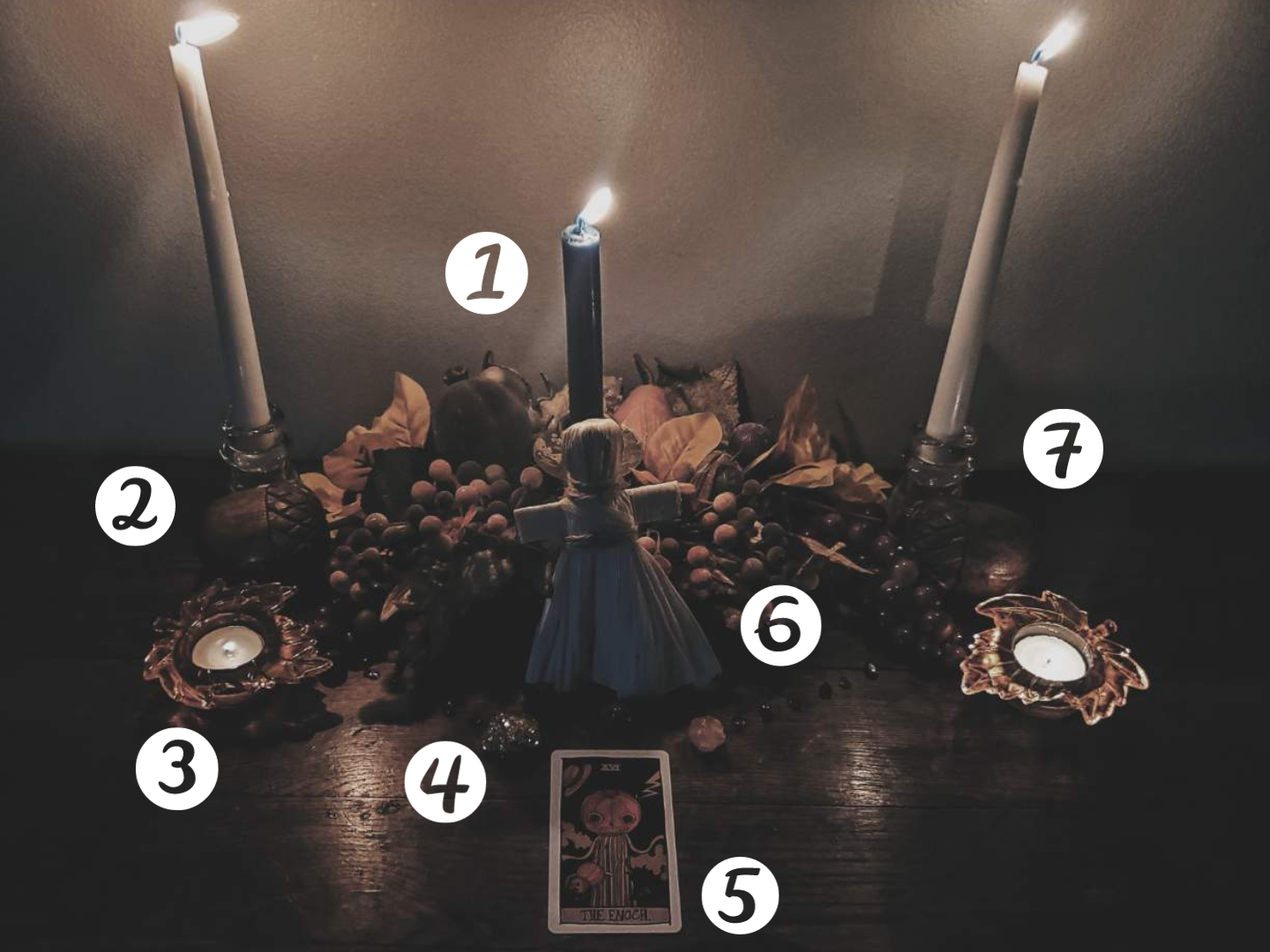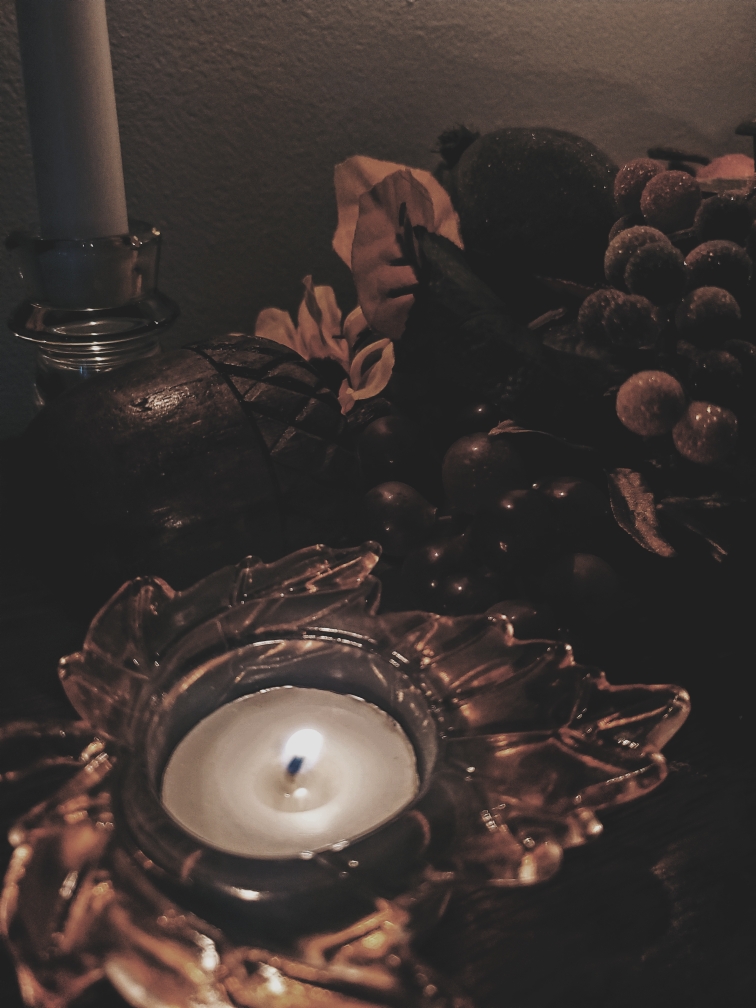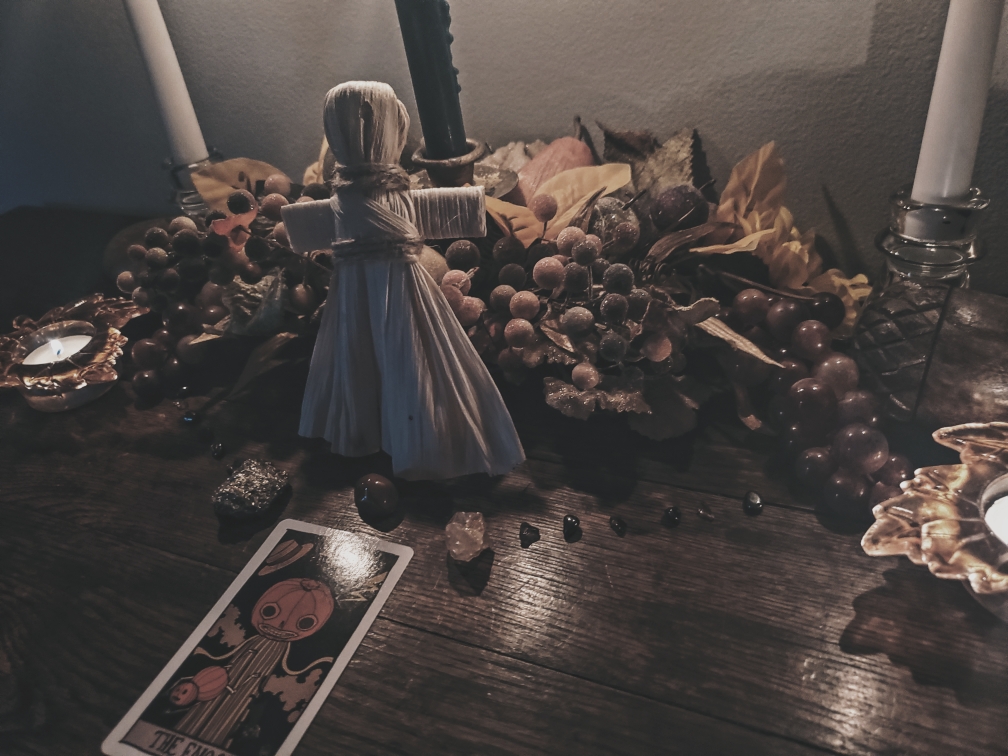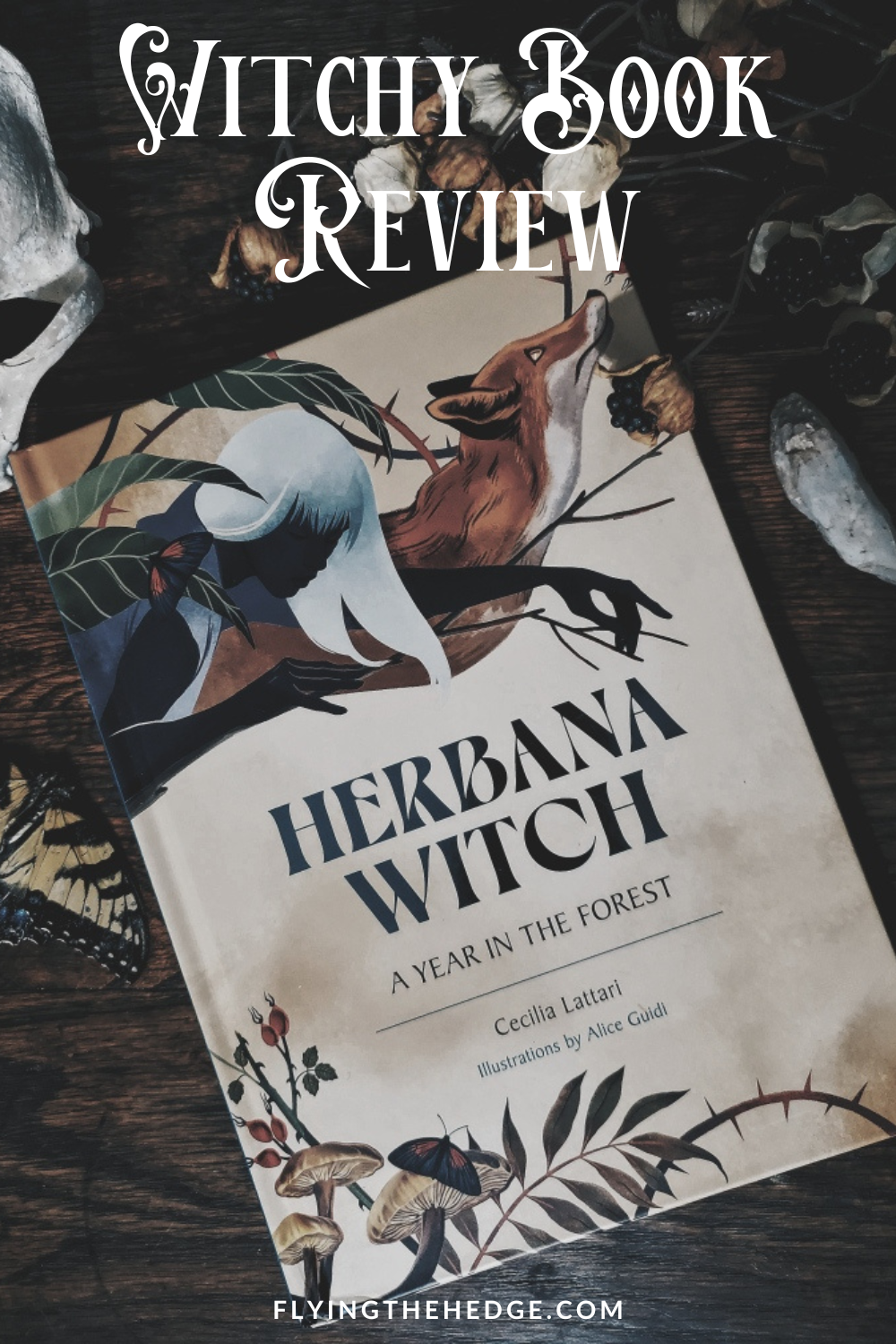Disclosure: Some of the links below are affiliate links, meaning, at no additional cost to you, I will earn a commission if you click through and make a purchase. I received a free copy of this book in exchange for an honest review.
I know, I know...It's been a while since I last posted and even then I didn't follow up on the post on social media. I have to say, this is the busiest start to a new school year I have had since I started working, largely in part due to schedule changes and content changes. It's been a difficult transition in that it's required more of my time and energy, but I do so love teaching. Despite being busy with work, I have had the chance to read several books as of late. It's one of the few ways I have been destressing after long workdays. As such, I have a book I would like to share with all of you lovely witches today!
I have to hand it to her, Cecilia Lattari always works with some amazing illustrators to bring her work to life, and
Herbana Witch: A Year in the Forest is no exception.
Herbana Witch follows the Earth's seasons, from Winter to Fall, with each chapter focusing on a specific season. Each section follows the same format, introducing the reader to how the forest changes, the magical plants associated with the season, a secret seasonal recipe, witchy things to do, an animal guide, and a message for the season. Each section also has a theme associated with the season that focuses on a plant aspect, such as bark or fruit. Honestly, it's a lovely way to introduce a witch, especially a novice witch or children, to seasonal magic and homemaking.
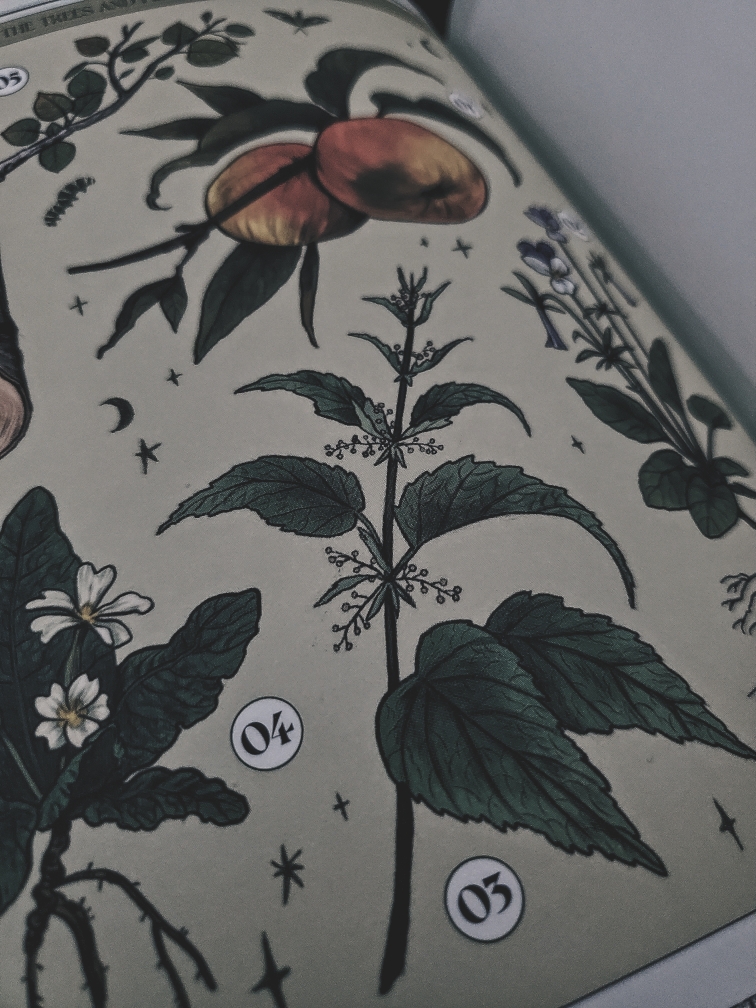
Each seasonal chapter is full of wonderful information accompanied by some of the best illustrations (by Alice Guidi) I have seen in an occult book. I fawned over the artwork continuously, wishing I could have some of the work as prints to hang on my walls, especially the fox featured in the final chapter on fall. It is one of my animal guides after all. The information is well-researched, easily accessible, and intriguing, but altogether too short! I had to remind myself this is more of a coffee table, quick reference type of book than an instructional manual. Personally, I found the seasonal plant folklore the most interesting, but I also enjoyed the seasonal crafts and recipes as well. All of the 'secret recipes' are bread-making recipes, so if you are looking for seasonal breads, this book has you covered. I am particularly interested in making acorn bread from homemade acorn flour, something I have been meaning to do for the better part of a decade.

The term 'herbana' is new when referencing a type of witch, but from reading it, I gathered Lattari is using 'herbana' to describe a hedge witch. In fact, her description includes otherworld travel, communication with spirits, living on the outskirts of town, embracing the liminal, and plant medicine and witchcraft. This is identical to
my description of a hedge witch, just using a different name. Personally, I am going to stick with using hedge witch, especially to reduce confusion, but should you prefer to use herbana, go for it.
Despite loving this book, I did find certain things 'annoying.' First, some of the fonts are difficult to read, which may be irksome for people who are visually impaired. Second, I felt the book was entirely too short, but I fully recognize this book was never meant to be a definitive guide to seasonal witchcraft. However, for the price, I felt it should have been longer and more detailed. It is, however, very beautifully illustrated, which makes it an excellent book to leave out on your coffee table. I was able to read the entire book in one sitting in about an hour, again, making it a perfect light read for guests, if you are out of the broom closet, of course. If you are looking for more bang for your buck information-wise, I would pass on this book. However, if you are looking to support an author, get some seasonal inspiration, or enjoy some beautiful artwork, this is the book for you.

If you liked this post and would like to support future content, please consider leaving a small tip in the jar.

